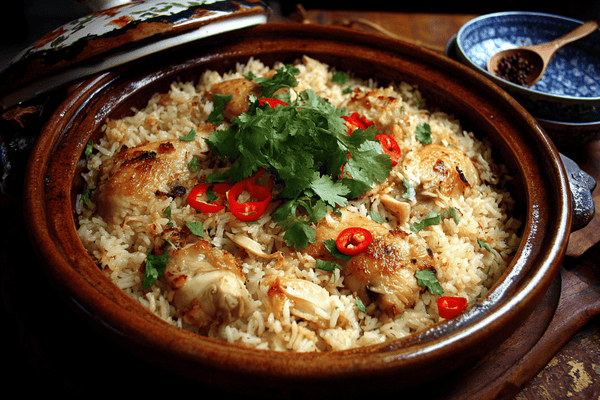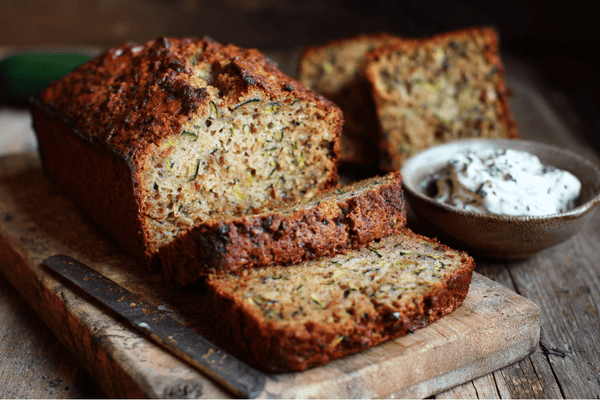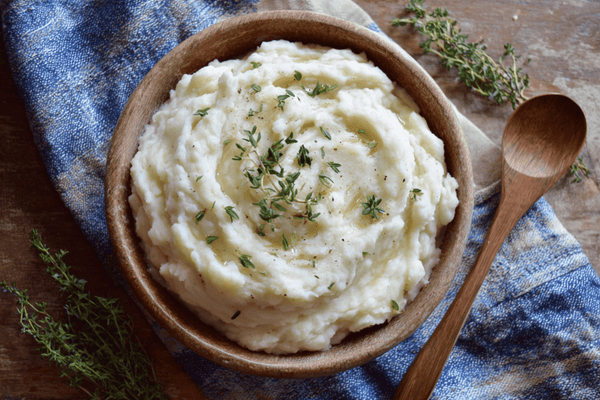
In the realm of cooking, certain tools stand out for their exceptional versatility and ability to enhance flavors. One such indispensable item is the cocotte. Whether you're a professional chef or an enthusiastic home cook, understanding what a cocotte is and how to harness its potential can elevate your culinary creations. In this article, we will embark on a journey to uncover the essence of a cocotte, explore its various uses, delve into its benefits, and provide helpful tips for choosing and maintaining this remarkable cooking vessel.
Table of content
What is a Cocotte?
A cocotte, pronounced "ko-kot," is a French term that refers to a covered, heatproof dish or pot, typically made of cast iron or ceramic. It is designed for slow cooking, braising, roasting, and stewing a wide range of dishes. The cocotte's construction allows for even heat distribution and retention, ensuring the flavors meld together harmoniously while keeping the food moist and tender.
Understanding the Benefits of Using a Cocotte
Retention of Moisture and Flavor
A cocotte excels in preserving moisture and intensifying flavors, making it an ideal choice for preparing succulent and aromatic dishes. The tight-fitting lid traps the steam generated during cooking, creating a self-basting effect. As a result, the ingredients remain moist and tender while infusing the dish with rich flavors.
Even Heat Distribution
One of the primary advantages of a cocotte is its ability to distribute heat evenly. Whether you're simmering a delicate sauce or slow-cooking a hearty stew, the cocotte ensures that heat is distributed uniformly throughout the cooking process. This feature prevents hot spots and allows for consistent and precise cooking.
Versatility in the Kitchen
A cocotte is a true multitasker in the kitchen. It can be used on various heat sources, including stovetops, ovens, and even open fires. From searing meats to baking bread or crafting delicate desserts, a cocotte adapts to a wide range of cooking techniques, making it an essential tool for any culinary enthusiast.
Excellent Heat Retention
Thanks to its sturdy construction, a cocotte possesses remarkable heat retention capabilities. Once heated, it maintains a consistent temperature, reducing the need for excessive heat during cooking. This quality not only enhances energy efficiency but also contributes to the overall tenderness and succulence of the prepared dishes.
Long-Lasting Durability
Investing in a high-quality cocotte ensures a long-lasting kitchen companion. Crafted from durable materials like cast iron or ceramic, a cocotte can withstand high temperatures and heavy use. With proper care and maintenance, it can become a cherished heirloom, passing down the joy of cooking to future generations.
Choosing the Perfect Cocotte
When selecting a cocotte for your culinary endeavors, several factors should be considered. Here are some key aspects to keep in mind:
Material and Construction
Cocottes are commonly available in two main materials: cast iron and ceramic. Cast iron cocottes excel in heat retention and even heat distribution, making them ideal for slow-cooked dishes. Ceramic cocottes, on the other hand, provide excellent heat retention and are often favored for their elegant presentation on the dining table.
Size and Capacity
Cocottes come in various sizes and capacities, allowing you to choose one that best suits your needs. Consider the number of people you typically cook for and the types of dishes you wish to prepare. A larger cocotte is suitable for family meals or entertaining guests, while smaller ones are ideal for individual portions or side dishes.
Lid Design
The lid of a cocotte plays a crucial role in the cooking process. Look for a cocotte with a tight-fitting lid that ensures a proper seal, preventing moisture and heat from escaping. A well-designed lid helps in creating a moist cooking environment and enhances the flavors of the dish.
Aesthetics and Style
Apart from its functionality, the appearance of a cocotte can also add a touch of elegance to your kitchen and dining table. Many cocottes are available in a variety of colors and finishes, allowing you to choose one that complements your personal style and kitchen décor.
Maintaining your Cocotte
To ensure the longevity of your cocotte and its continued performance, proper maintenance is essential. Here are some guidelines to follow:
- Seasoning: Cast iron cocottes benefit from seasoning, which involves applying a thin layer of oil to the cooking surface. This process creates a natural non-stick coating and prevents rusting.
- Cleaning: Avoid using harsh detergents or abrasive materials when cleaning your cocotte, as they can damage the seasoning or the ceramic glaze. Instead, opt for gentle hand washing with warm water and a soft sponge.
- Drying: After washing, thoroughly dry your cocotte to prevent the formation of rust. Place it on a stovetop burner or in a warm oven for a few minutes to ensure complete drying.
- Storage: When storing your cocotte, ensure it is completely dry to prevent moisture buildup. If stacking cocottes, place a cloth or towel between them to protect the seasoning or glaze from scratching.
FAQ
Q: What types of dishes can I cook in a cocotte?
A: Cocottes are incredibly versatile and can be used to prepare a wide range of dishes, including stews, braises, roasts, soups, casseroles, bread, and even desserts like cobblers or crumbles.
Q: Can I use a cocotte on an induction cooktop?
A: Yes, many cocottes are suitable for induction cooktops. Look for cocottes specifically labeled as compatible with induction heat sources.
Q: Are cocottes dishwasher safe?
A: It is generally recommended to hand wash cocottes to preserve their seasoning or ceramic glaze. Dishwashing may strip away the protective layer or cause damage to the cocotte.
Q: How long does it take to cook with a cocotte?
A: The cooking time depends on the recipe and the ingredients used. Cocotte cooking is generally slower due to the gentle heat and moisture retention, which allows for tenderizing tougher cuts of meat and developing complex flavors.
Q: Can I use a cocotte in the oven?
A: Absolutely! Cocottes are oven-safe and can withstand high temperatures. They are perfect for dishes that require slow cooking or browning in the oven.
Q: Can I use a cocotte for deep frying?
A: While a cocotte can handle deep frying due to its heat retention capabilities, it is not specifically designed for this purpose. It is recommended to use a dedicated deep fryer for optimal results.
Conclusion
In summary, a cocotte is a culinary gem that deserves a place in every kitchen. With its ability to preserve moisture, evenly distribute heat, and enhance flavors, this versatile cooking vessel opens up a world of culinary possibilities. By choosing the perfect cocotte and mastering its maintenance, you can elevate your cooking to new heights and delight your taste buds with sumptuous creations. Embrace the cocotte, and let it be your trusted companion on your gastronomic adventures!


